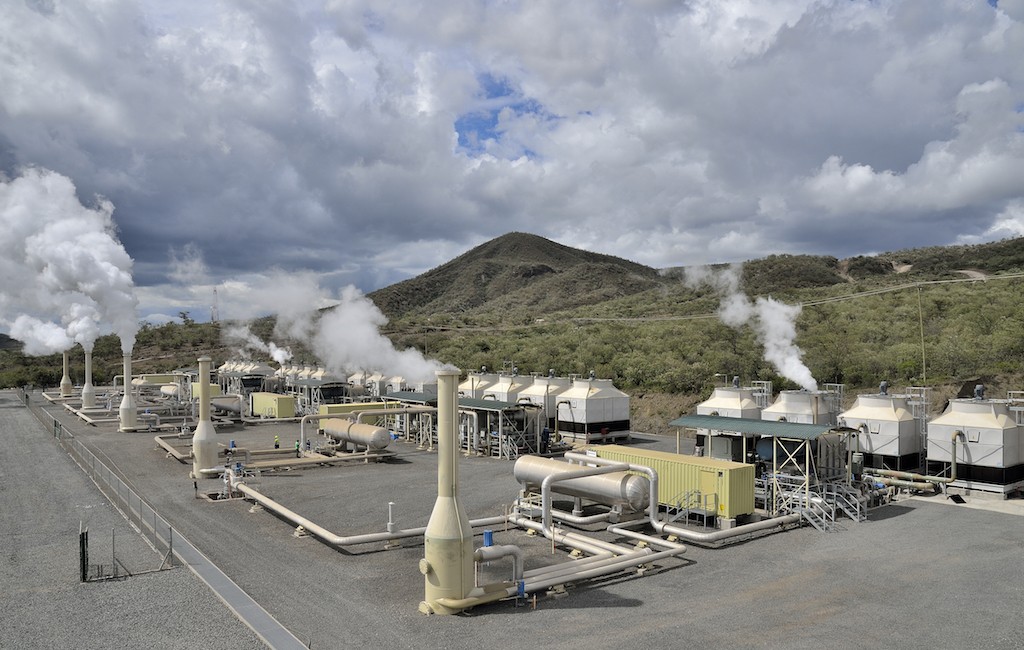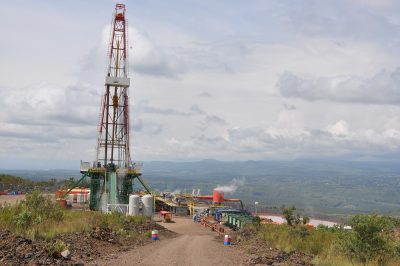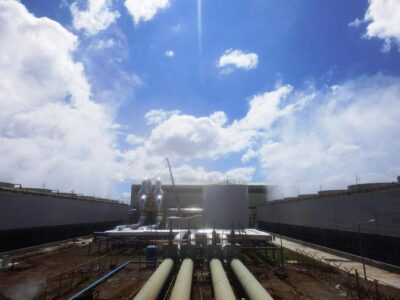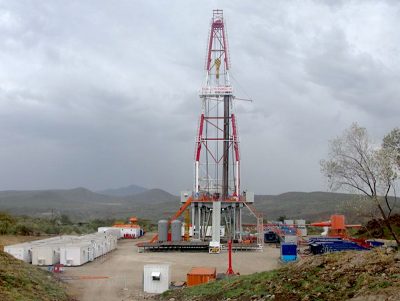KenGen could become one of the largest geothermal operators by 2023
A recent investor report by an equity firm, sees KenGen to become one of if not the largest geothermal operators in the world, and sees the possibility of a spin-off of the firm's geothermal business.
In a recent research note by an equity firm Renaissance Capital, Kenya Electricity Generating Company is said to become the world’s largest geothermal power generator by 2023 with its planned massive investments in new plants.
This is reported in an article by The Standard in Kenya. KenGen is expected to increase its geothermal power generation capacity to 1,500 MW in the coming 8-10 years. This would make it the largest geothermal operator, followed by Chevron in Indonesia with 1,339 MW and Calpine in the U.S. with an installed capacity of 1,250 MW.
Analysts at Renaissance Capital say that new plants planned by KenGen will add up to Sh67 billion ($634 million) in income per year. They also see the possibility of KenGen spinning off its geothermal operations into a separate entity.
KenGen has commissioned 253 MW of geothermal capacity this year alone, and is expected to grow its capacity aggressively using the proceeds of an upcoming rights issue.
Kenya is among countries with the highest utility of renewable energy in the world, mostly through KenGen’s hydro-generated electricity. New investments in wind farms and geothermal plants are set to alter the combination, with the result of retiring diesel generators fully. But the change is capital intensive. KenGen has announced plans to raise Sh29 billion ($275 million) from shareholders in a rights issue scheduled for early next year. This would be the biggest cash call in Kenya’s history, would more than double the funds raised by Kenya Airways in its under-subscribed Sh20.68 billion issue three years ago.
Geothermal power is a significantly cheaper source of electricity when viewed over the life of the plants, even though the capital outlay can be massive. The high cost of developing power plants has ensured KenGen is among the largest corporate borrowers, with its debts including a Sh15 billion ($142 million) 10-year bond issued in 2009 that matures in four years.
The analysts at Renaissance Capital project the State, which has a 70 per cent stake in the firm, will likely convert its loan granted to the company to equity.
Converting debt to equity would reduce the firm’s exposure to interest payments, and the enhanced geothermal capacity would “substantially” increase KenGen’s revenues, profits and valuation, according to the analysts.
Renaissance says geothermal energy is the cheapest power source and likely to be a game changer for KenGen. “Over the next few years, we expect geothermal to expand and be the sole driver of profitability, despite requiring a substantial cash investment,’’ the analysts said, adding that the reliability of geothermal plants will offer a good foundation for regular dividends.
The firm is also projected to benefit from Kenya’s income tax rules, which provide for a 150 per cent tax allowance on investments outside the major cities. KenGen’s geothermal and wind plants will fall into this category, creating a tax gain for the company. KenGen controls about 84 per cent of the country’s total geothermal capacity.
U.S.-owned Orpower (Ormat) runs the Olkaria III plant, which has a total installed geothermal capacity of 100 MW. Oserian Development Company also produces electricity from geothermal sources leased from KenGen, but only to provide power for its flower farms.
Source: Standard Media


















